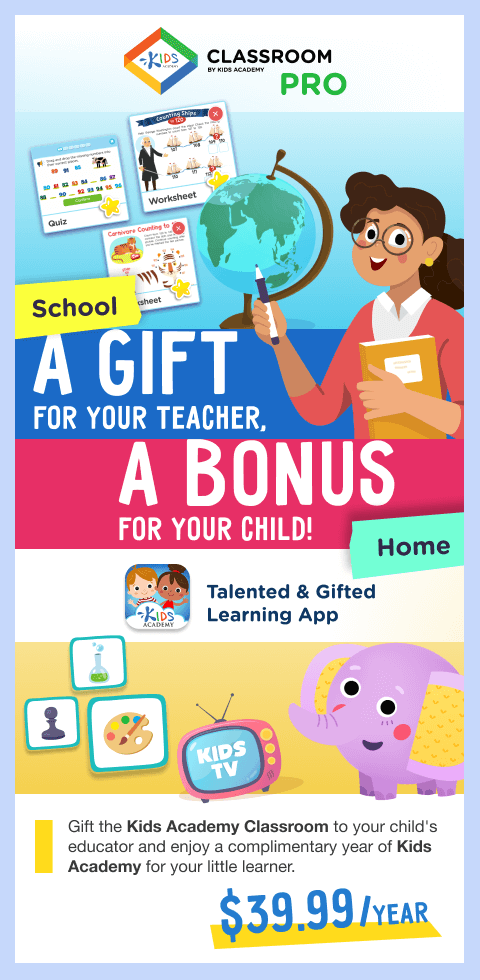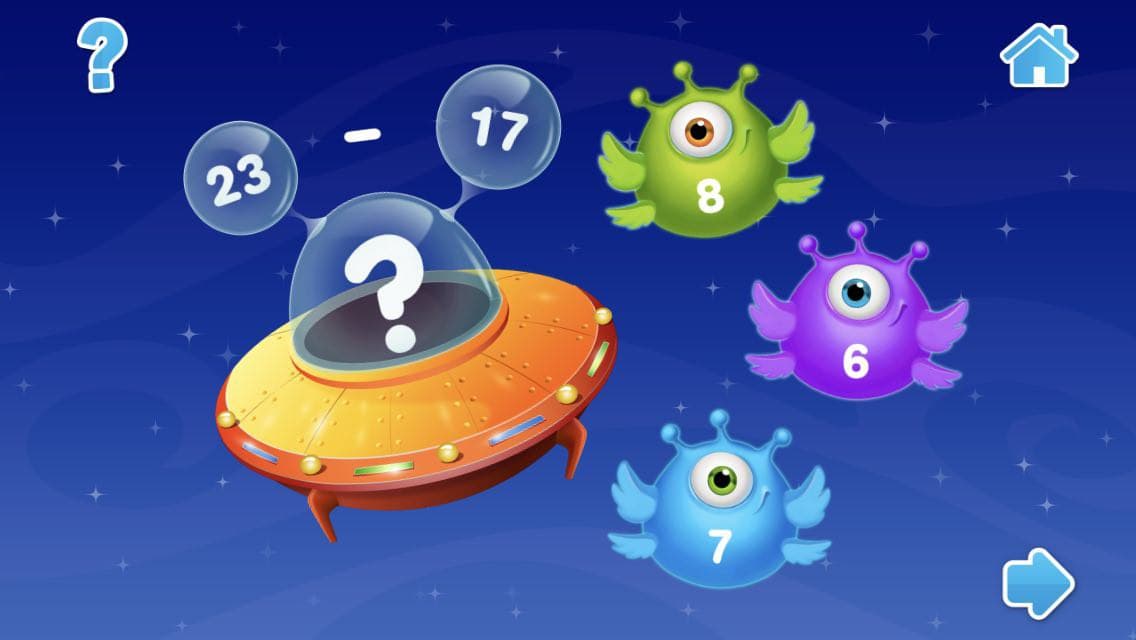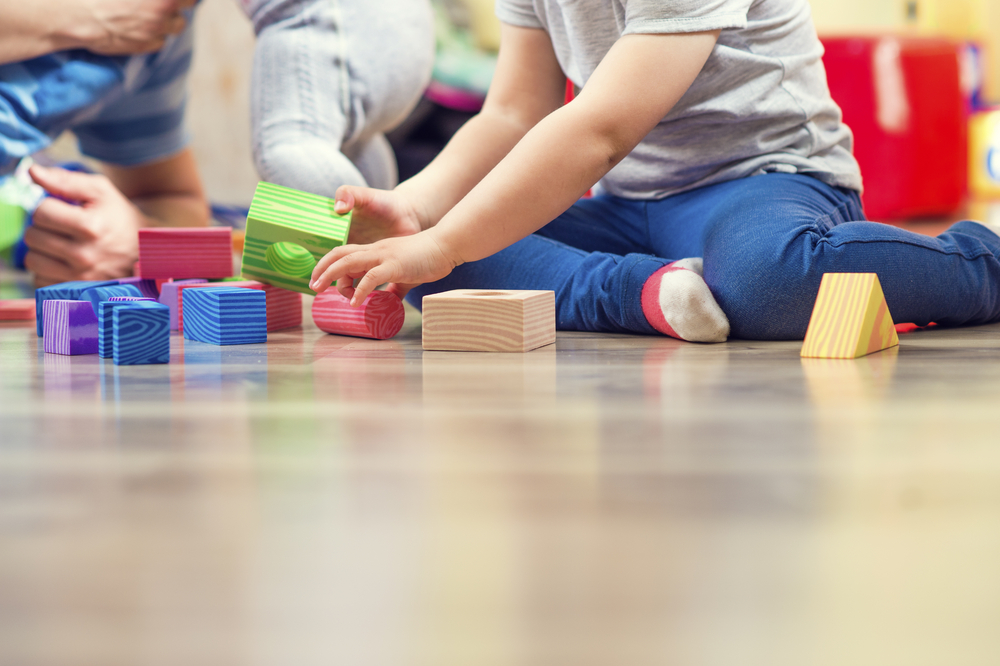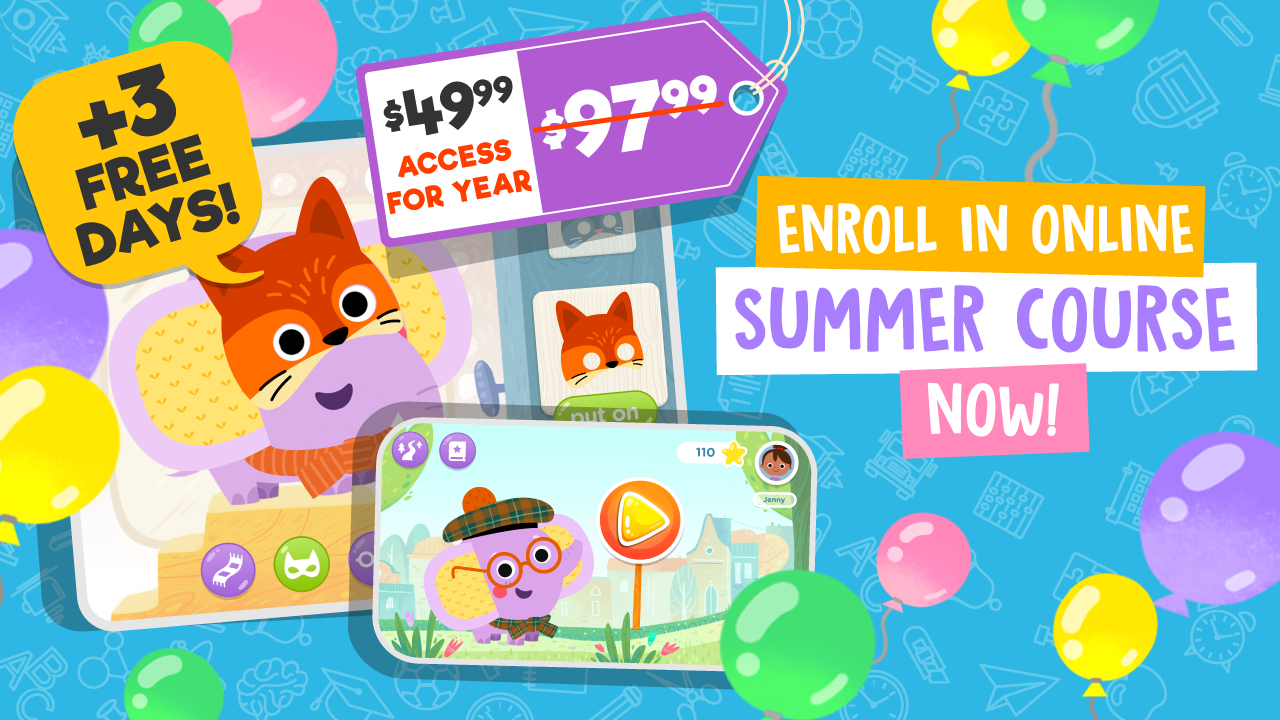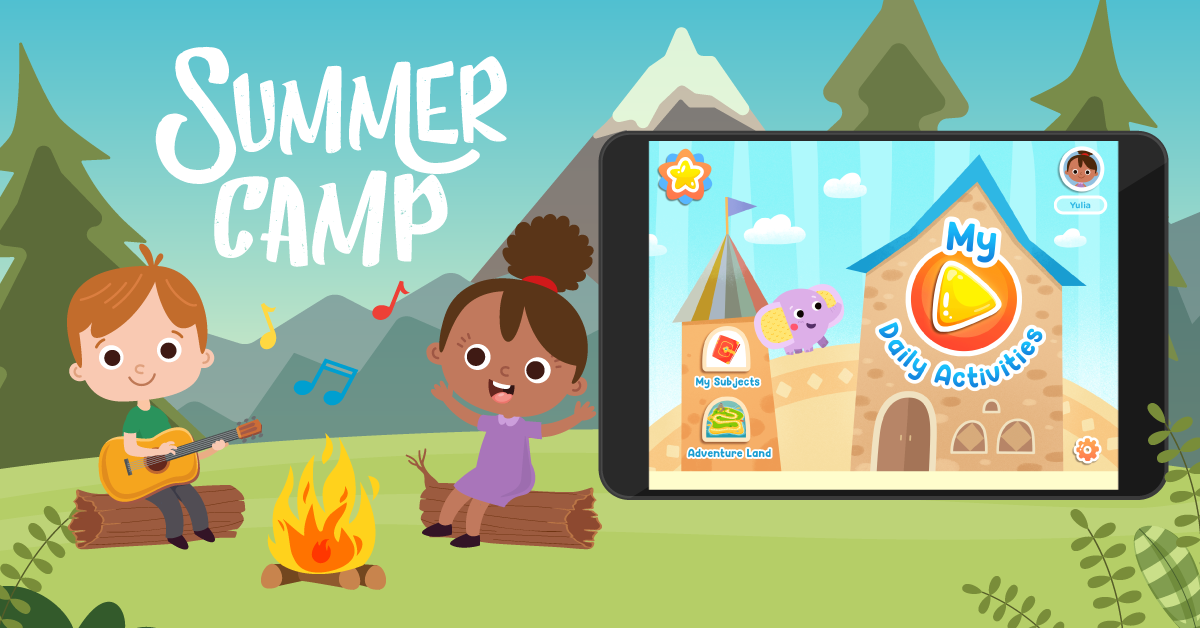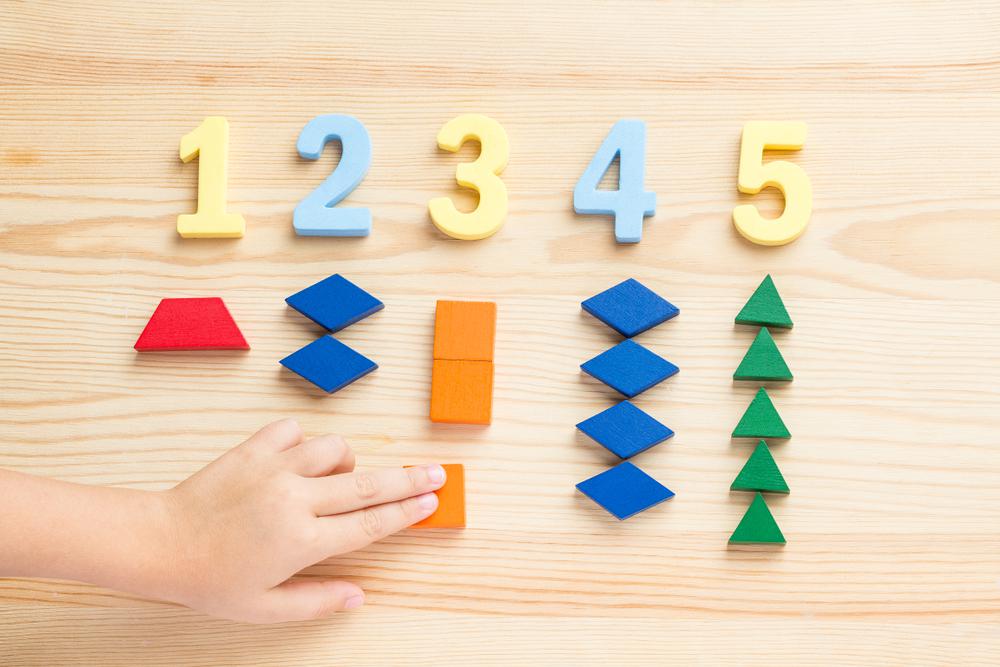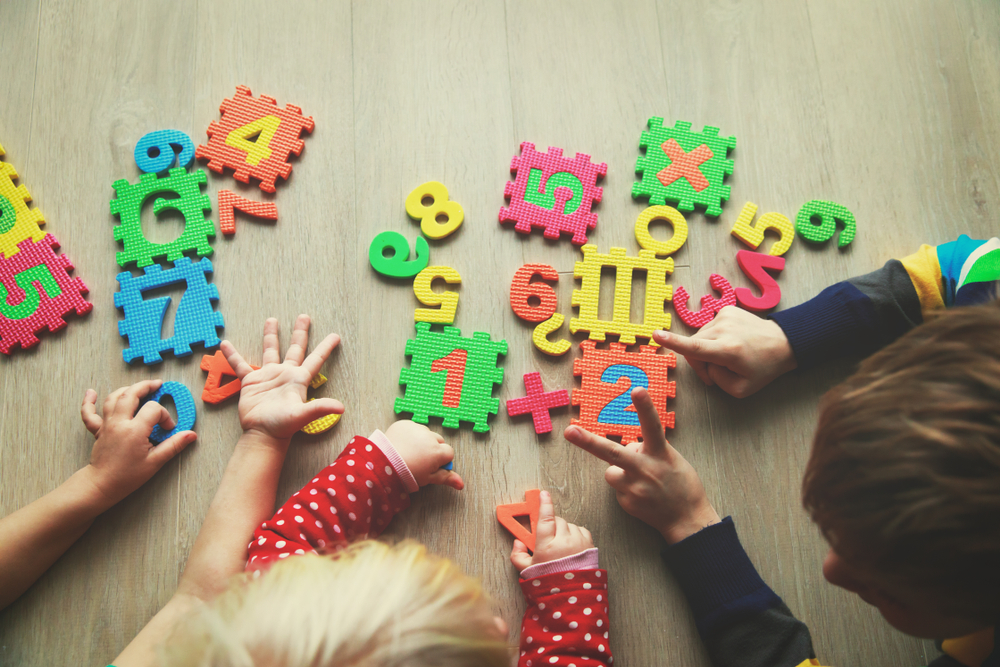Visual learning reinforcement Addition & Subtraction Worksheets for Ages 3-6
6 filtered results
-
From - To
Enhance your child's foundational math skills with our Visual Learning Reinforcement Addition & Subtraction Worksheets designed specifically for ages 3-6. These engaging worksheets utilize vibrant visuals and interactive activities to make learning addition and subtraction enjoyable and effective. Perfect for early learners, our materials foster understanding by incorporating colors, shapes, and familiar objects, helping young minds grasp basic mathematical concepts effortlessly. With each worksheet, your child will build confidence and proficiency in solving simple math problems, establishing a solid base for future math success. Discover the fun and educational world of math with our expertly crafted visual learning worksheets!
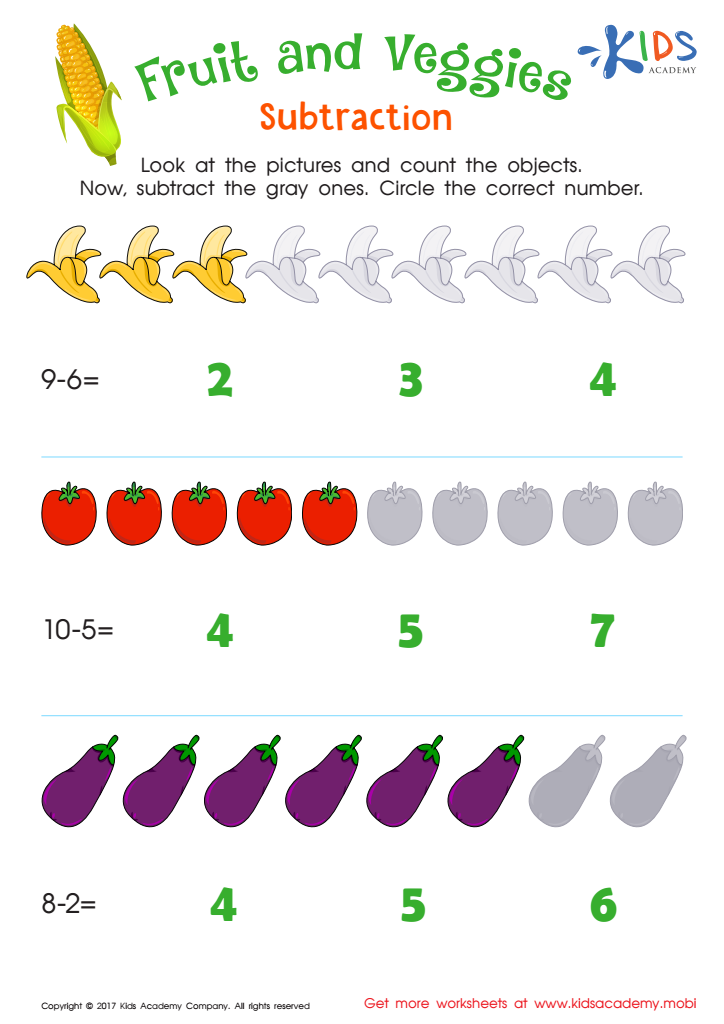

Fruit and Veggies Subtraction Worksheet
Visual learning reinforcement is crucial for teaching addition and subtraction to children aged 3-6 because these foundational math concepts are often abstract and challenging for young minds to grasp. At this developmental stage, children are predominantly visual learners, making the use of visual aids essential.
Incorporating visual tools, such as colorful objects, number lines, and pictorial representations, can make learning engaging and enjoyable. When children see objects being added or subtracted, they can better understand counting principles, which lays the groundwork for more complex math skills.
Moreover, visual learning caters to different learning styles. Some children may struggle with verbal instructions or rote memorization but thrive when mathematical concepts are presented visually. Using tangible items like beads or blocks allows them to physically manipulate objects, aiding in comprehension and memory retention.
Frequent visual reinforcement also builds confidence and helps children to independently practice addition and subtraction. This hands-on learning enhances problem-solving skills, encourages cognitive development, and creates a positive association with mathematics.
In summary, visual learning reinforcement bridges the gap between abstract numerical concepts and young learners' concrete experiences. For parents and teachers, embedding visual aids into math instruction not only supports early mathematical understanding but also fosters a lifelong appreciation for learning.
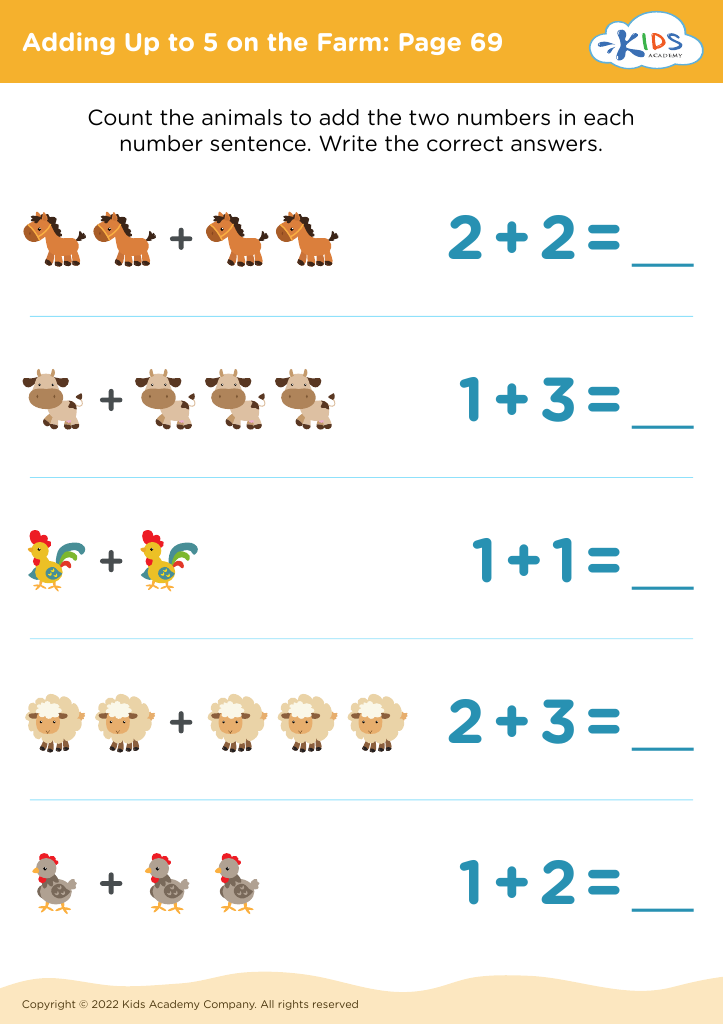
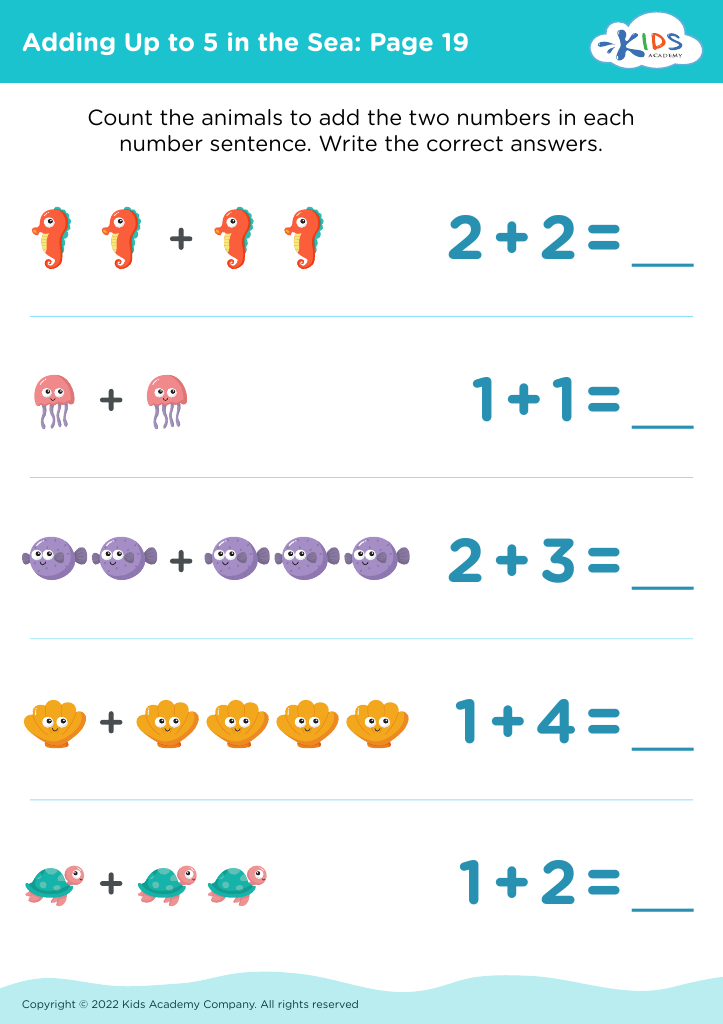

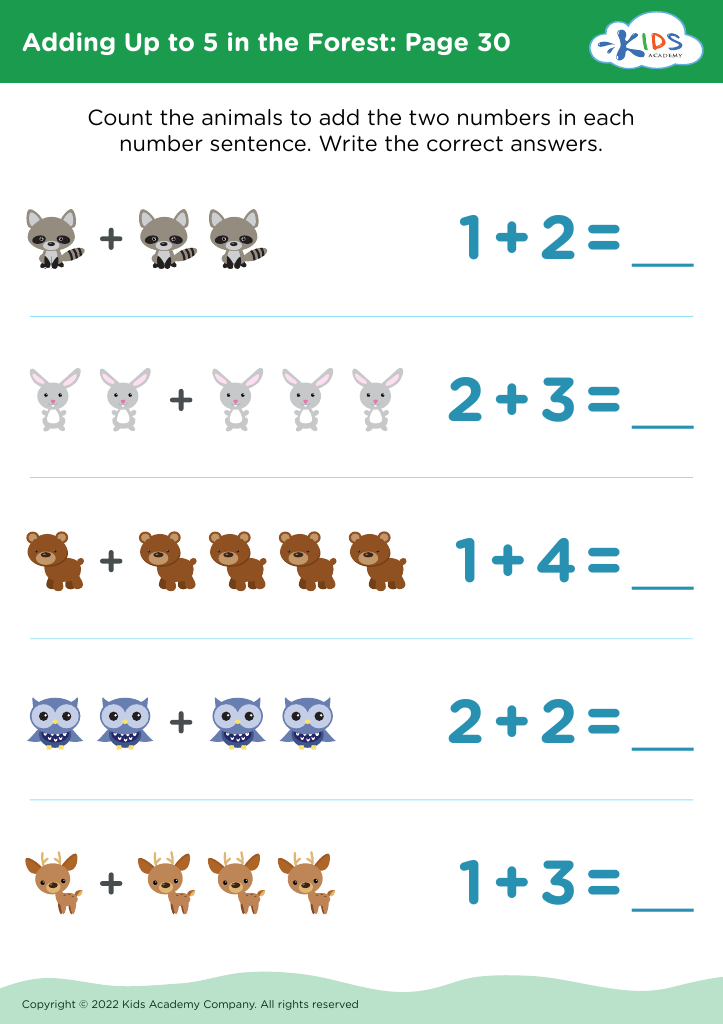
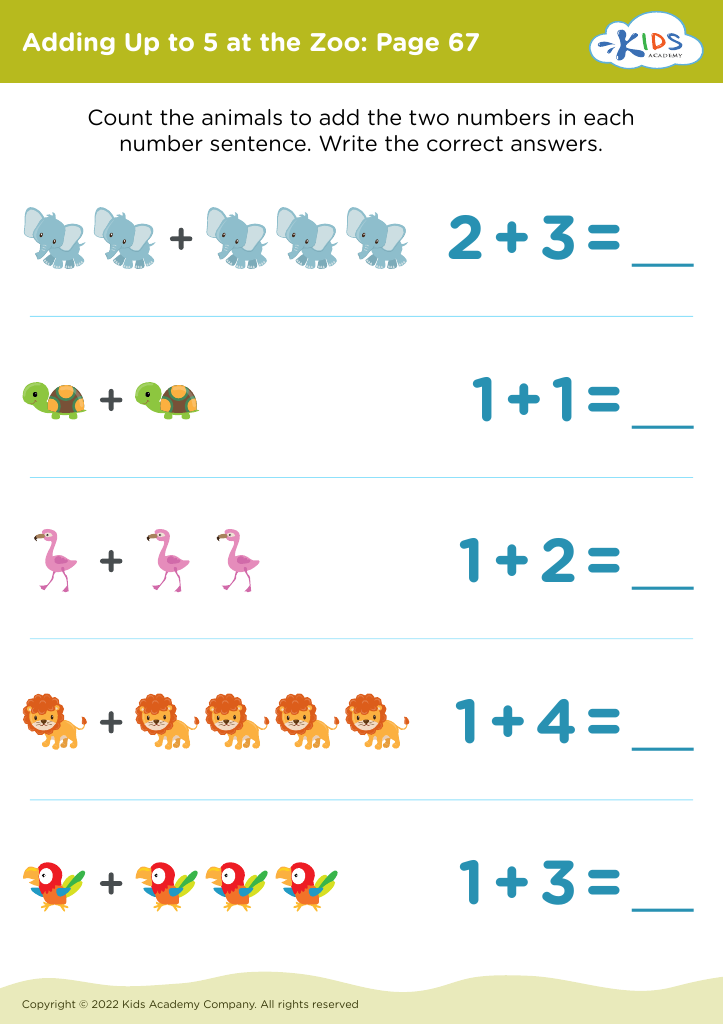
 Assign to My Students
Assign to My Students
